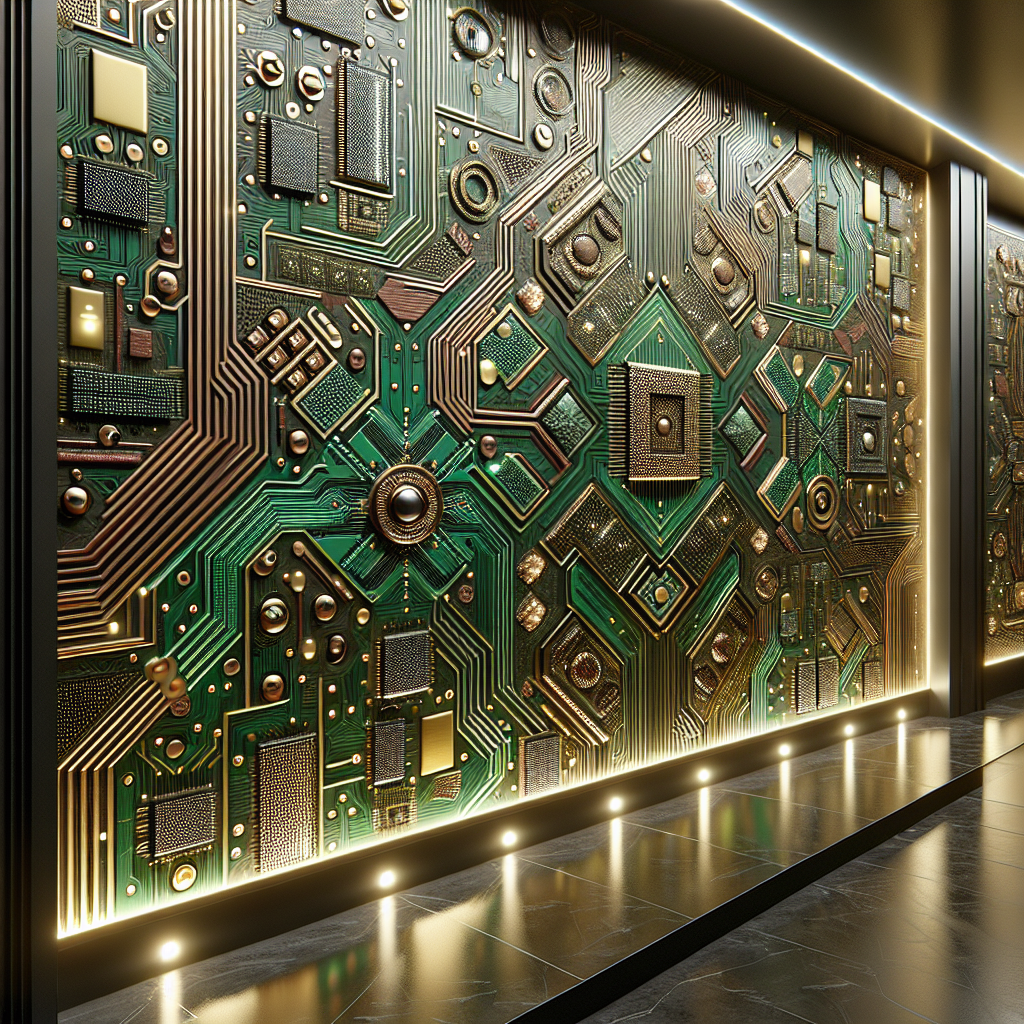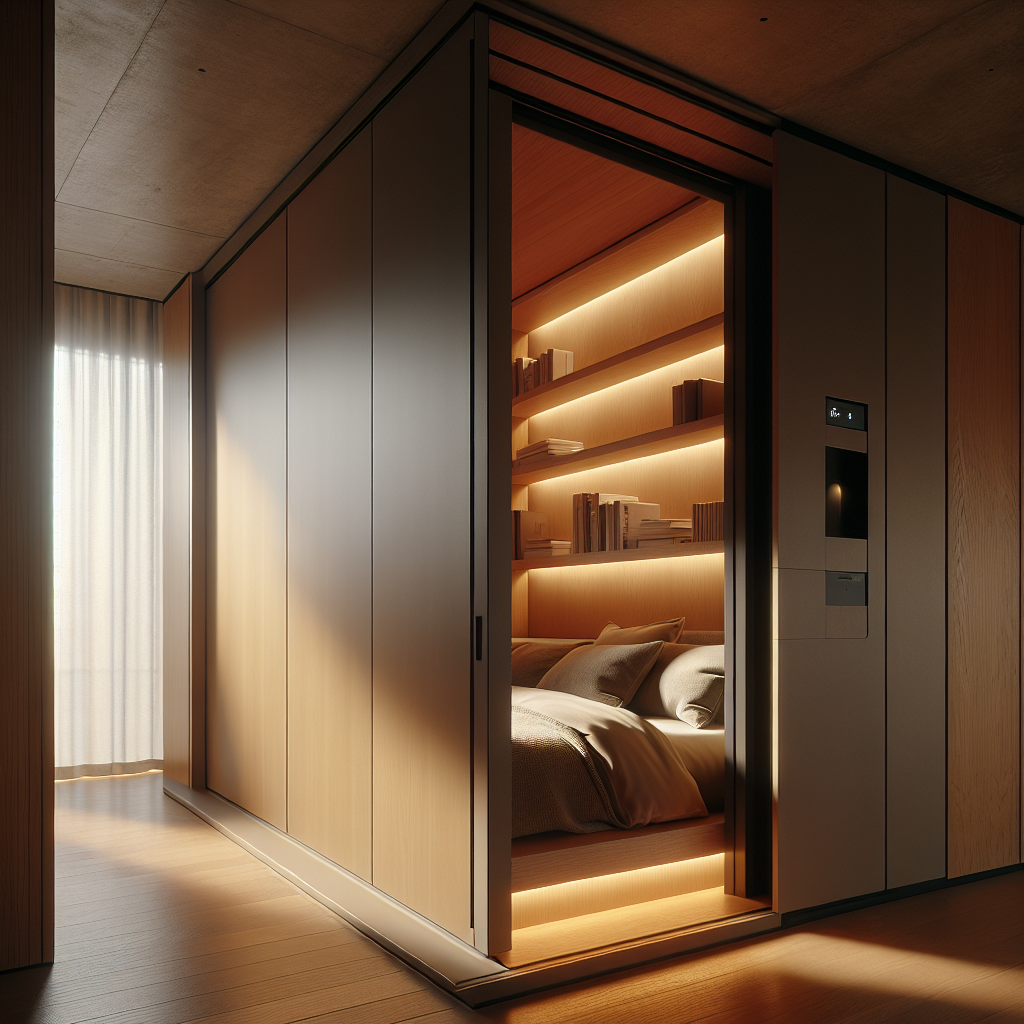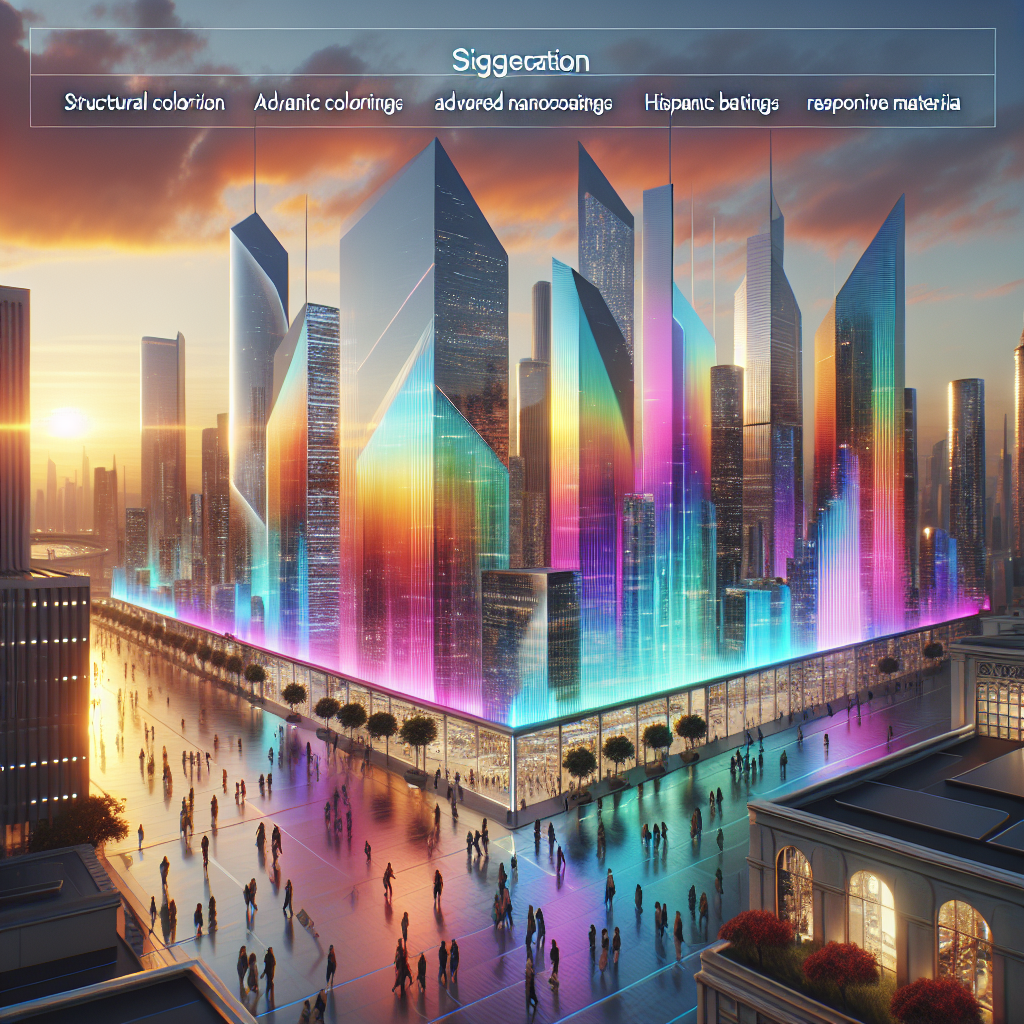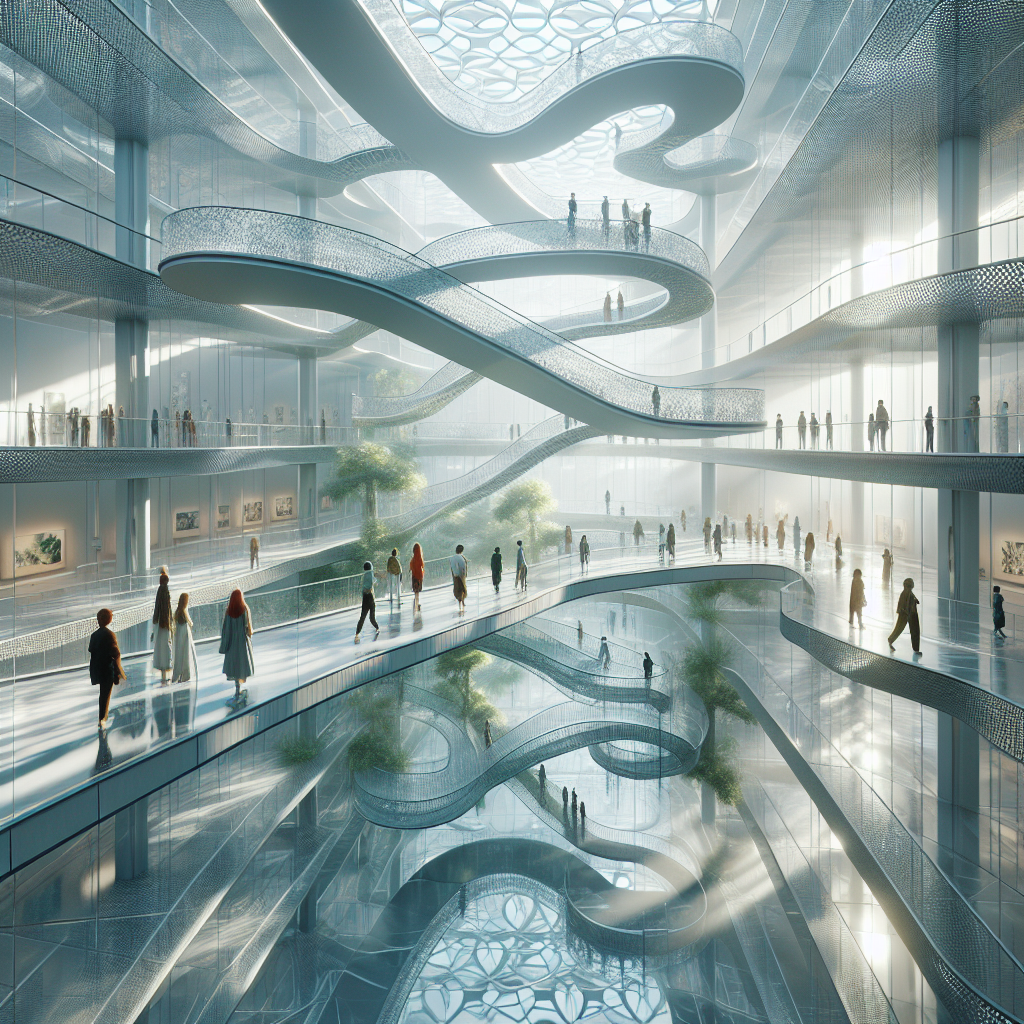Upcycled circuit boards as decorative mosaics: merging tech waste with craft
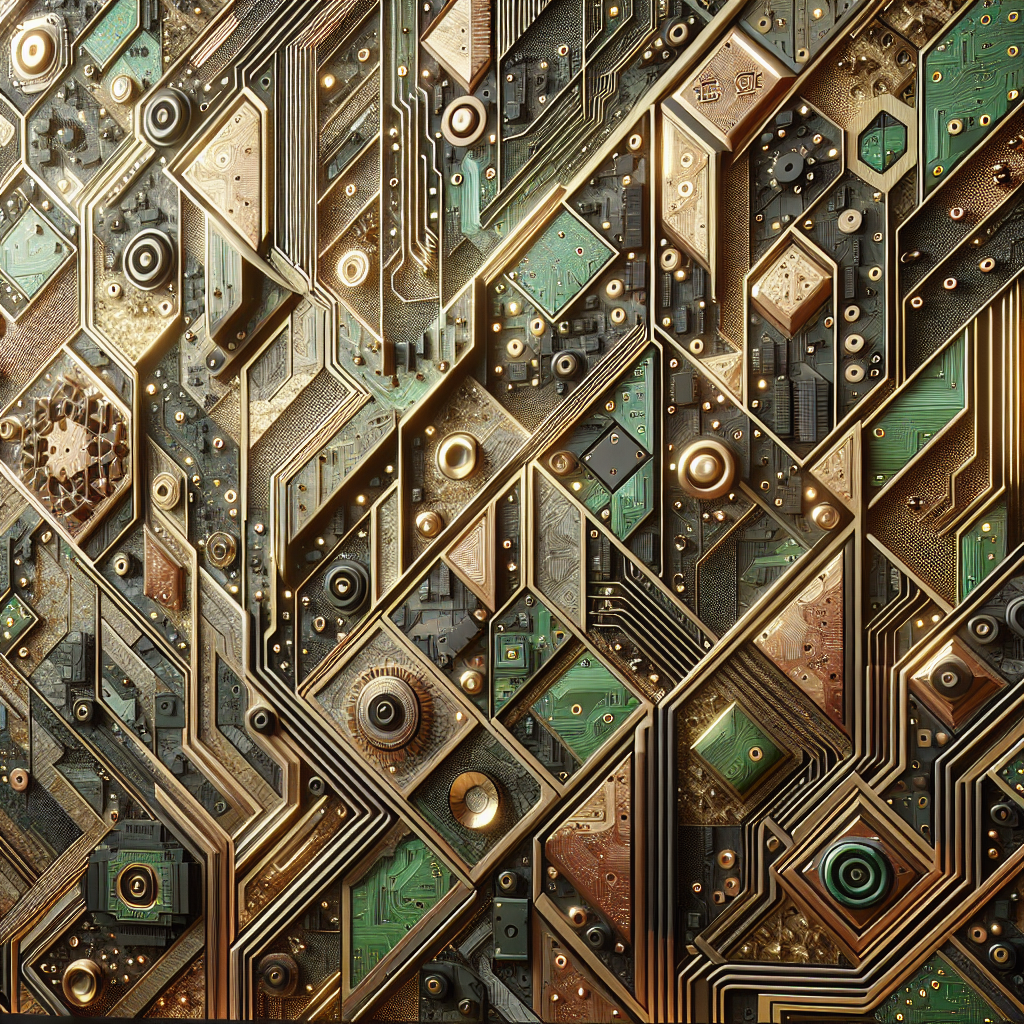
Upcycled Circuit Boards as Decorative Mosaics: Merging Tech Waste with Craft
In an era where e-waste is piling up at an alarming rate, designers and architects are seeking innovative ways to repurpose discarded technology. One of the most striking trends emerging from this movement is the transformation of circuit boards into decorative mosaics. These intricate compositions not only breathe new life into obsolete electronics but also merge the precision of technology with the warmth of craftsmanship.
The Growing Problem of E-Waste
Electronic waste is one of the fastest-growing waste streams in the world. According to the United Nations, over 50 million metric tons of e-waste are generated annually, with only a fraction being properly recycled. The rest ends up in landfills, leaching toxic materials into the environment. This pressing issue has spurred a wave of sustainable design solutions, including the use of reclaimed materials in architecture and interior design.
From Circuit Boards to Art
What was once seen as mere technological debris is now being reimagined as a material with aesthetic and functional potential. The intricate patterns of circuit boards, with their gold, copper, and green hues, make them ideal for decorative mosaics. Designers are cutting, arranging, and embedding these components into walls, furniture, and even flooring, creating a futuristic yet nostalgic aesthetic.
Incorporating circuit boards into design is not just about aesthetics—it’s about storytelling. Each board carries a history, from old computers to obsolete mobile phones, offering a tangible connection to the evolution of technology. This approach aligns with the broader trend of circular economy design, where materials are continuously repurposed rather than discarded.
Tech Meets Craft: The Art of Mosaic Making
The process of turning circuit boards into mosaics requires a delicate balance between precision and artistry. Traditional mosaic techniques, which date back to ancient civilizations, are now being adapted to accommodate modern materials. Artists and designers carefully select circuit board fragments, cut them into desired shapes, and arrange them into intricate patterns. The final step often involves sealing the pieces with resin or glass to enhance durability and provide a polished finish.
One of the most fascinating aspects of this craft is the juxtaposition of technology and tradition. The rigid, geometric nature of circuit boards contrasts beautifully with the organic, free-flowing compositions of traditional mosaics. This interplay results in visually stunning pieces that challenge conventional notions of both art and waste.
Applications in Interior and Architectural Design
The use of upcycled circuit boards is not limited to small-scale art pieces. Forward-thinking architects and interior designers are integrating these mosaics into larger projects, from feature walls in high-tech office spaces to tabletops in eco-conscious cafés. Some designers are even experimenting with embedding LED lights within the mosaics, creating interactive surfaces that respond to touch or movement.
Incorporating these elements into architectural design also aligns with the growing emphasis on zero-waste architecture. By repurposing materials that would otherwise contribute to landfill waste, designers are making a bold statement about sustainability and innovation.
Challenges and Considerations
Despite its aesthetic and environmental benefits, working with circuit boards presents certain challenges. Many electronic components contain hazardous materials such as lead and mercury, requiring careful handling and treatment. Designers must ensure that the boards are properly cleaned and sealed to prevent any potential health risks.
Additionally, sourcing circuit boards in a sustainable manner can be tricky. While some companies and individuals donate old electronics for upcycling, large-scale projects require a steady supply of materials. This has led to collaborations between designers and e-waste recycling centers, creating a more structured approach to repurposing tech waste.
The Future of Upcycled Tech in Design
As the world moves towards more sustainable design practices, the use of upcycled circuit boards is likely to expand. With advancements in digital fabrication and material science, we may soon see circuit board mosaics integrated into digital fabrication techniques, allowing for even more intricate and customizable designs.
Beyond aesthetics, this movement represents a shift in how we perceive waste. Rather than discarding outdated technology, we are beginning to recognize its potential as a valuable resource. This mindset shift is crucial in the broader effort to reduce environmental impact and promote a more circular economy.
Final Thoughts
The fusion of upcycled circuit boards and decorative mosaics is more than just a design trend—it’s a statement about sustainability, innovation, and the intersection of technology and craftsmanship. As designers continue to push the boundaries of material reuse, we can expect to see even more creative applications of e-waste in the built environment. Whether as a bold feature wall or a subtle accent piece, circuit board mosaics are proving that beauty can be found in the most unexpected places.


